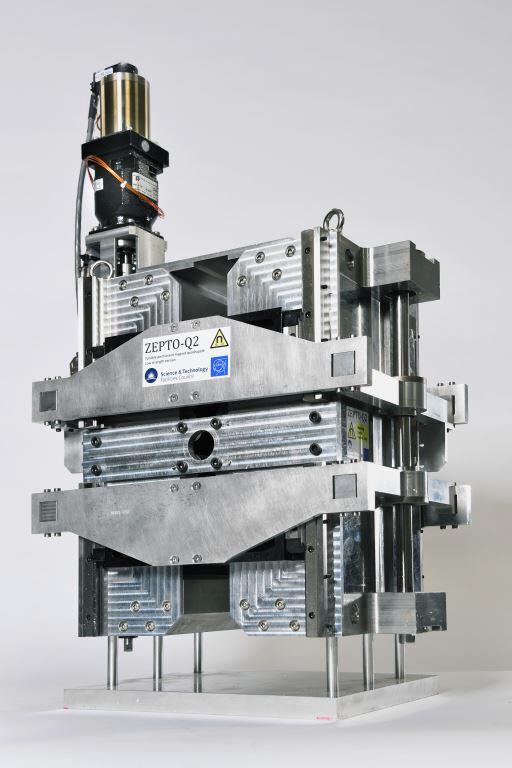Particle accelerators use electromagnetic fields to propel charged particles to near light speed whilst keeping them focused in well-defined beams and have been responsible for achieving some of the greatest scientific breakthroughs in human history.While the Large Hadron Collider (LHC), in Switzerland, will continue to deliver ground-breaking science at CERN for years to come, physicists are already considering and planning for their next large scale research facility.
The Compact Linear Collider (CLIC) is one of those considerations – a 50km long accelerator being proposed for CERN; it is slated to reach record-breaking energies and be the most powerful electron accelerator ever built.
 However, one of the key challenges faced when designing and building a next generation particle accelerator is energy consumption and the associated financial and environmental cost. A large portion of the energy requirements are in the flexible, tuneable electromagnets that are used to bend and focus the beam, and which require a considerable amount of energy to operate, unlike permanent, fixed magnets that do not need a power supply. There is also the cost of powering the necessary water cooling systems with chillers and pumps associated with tuneable magnets.
However, one of the key challenges faced when designing and building a next generation particle accelerator is energy consumption and the associated financial and environmental cost. A large portion of the energy requirements are in the flexible, tuneable electromagnets that are used to bend and focus the beam, and which require a considerable amount of energy to operate, unlike permanent, fixed magnets that do not need a power supply. There is also the cost of powering the necessary water cooling systems with chillers and pumps associated with tuneable magnets.
Permanent magnets that are tuneable have not been developed with large scale production in mind until now but scientists and engineers at STFC’s Daresbury Laboratory in Cheshire have successfully designed, built and patented the ZEPTO (Zero Power Tuneable Optics) focussing magnets.The ZEPTO magnet is a new type of permanent but tuneable energy saving quadrupole magnet that could power particle accelerators at a fraction of the energy cost, making it a viable consideration for CERN’s next large scale facility. Should CLIC be cleared for construction, CERN will require more than 40,000 ZEPTO magnets.
Professor Jim Clarke, head of Science Division at STFC’s Accelerator Science and Technology Centre at Daresbury, said: “Designing and building the ZEPTO magnets for CERN is a fantastic achievement for STFC, and confirms STFC’s ability to design, develop and test the brand-new technologies required to build the world’s next generations of research facilities.”
This breakthrough has the potential to offer real benefits in the construction of accelerators for healthcare applications such as particle therapy systems.











